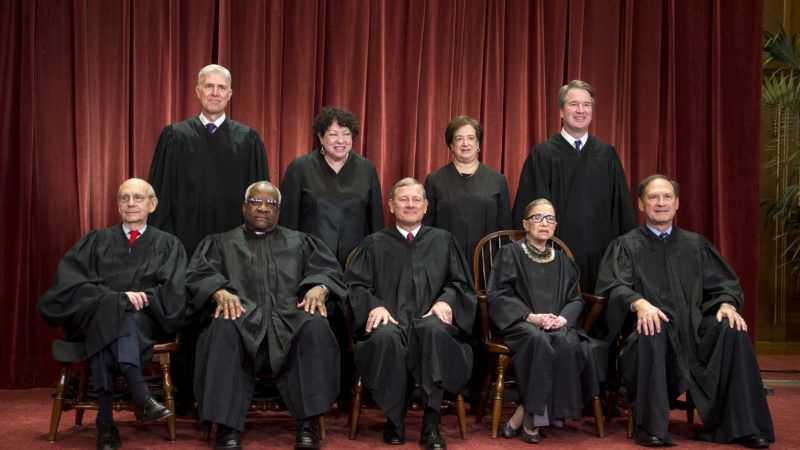Supreme Court Rules Against Consumer Financial Protection Bureau, Says Agency's Format 'Clashes With Constitutional Structure'
SCOTUS rules 5–4 in Seila Law v. Consumer Financial Protection Bureau.

When Congress created the Consumer Financial Protection Bureau (CFPB) in 2010, it gave control of the agency to a single federal official. Although appointed by the president to a five-year term, the director of the CFPB does not technically answer to the executive branch and may only be fired for "inefficiency, neglect of duty, or malfeasance." In other words, the president may not fire the director for political reasons.
Until today. Writing for a 5–4 majority in Seila Law v. Consumer Financial Protection Bureau, Chief Justice John Roberts declared the CFPB's single director structure unconstitutional. "The CFPB Director has no boss, peers, or voters to report to," Roberts wrote. "Yet the Director wields vast rulemaking, enforcement, and adjudicatory authority over a significant portion of the U. S. economy. The question before us is whether this arrangement violates the Constitution's separation of powers." Roberts held that it does.
To reach that conclusion, the chief justice had to first grapple with Humphrey's Executor v. United States (1935), a far-reaching New Deal–era case in which the Supreme Court ruled unanimously that President Franklin Roosevelt lacked the authority to fire a commissioner of the Federal Trade Commission (FTC) over political differences.
The FTC "must, from the very nature of its duties, act with entire impartiality," wrote Justice George Sutherland. "It is charged with the enforcement of no policy except the policy of the law." Because it "cannot in any proper sense be characterized as an arm or an eye of the executive," Sutherland concluded, the agency "must be free from executive control."
So what's the difference between that case and the present one? Why did SCOTUS forbid the president from firing an FTC commissioner for political reasons yet allow the president to fire the CFPB director for political reasons?
The answer lies in part in the fact that the FTC is run by a panel of five commissioners and, according to federal law, "not more than three of the commissioners shall be members of the same political party." The director of the CFPB, by contrast, does not share power with any such panel and is not subject to any such political constraints.
In other words, while Humphrey's Executor did go far in terms of shielding certain federal officials, the Supreme Court said today that it did not go so far as to allow something like the current CFPB structure.
"While we need not and do not revisit our prior decisions allowing certain limitations on the President's removal power," Roberts wrote in Seila Law, "there are compelling reasons not to extend those precedents to the novel context of an independent agency led by a single Director. Such an agency lacks a foundation in historical practice and clashes with constitutional structure by concentrating power in a unilateral actor insulated from Presidential control."
Here's one potential real-world impact of today's decision: If Joe Biden wins the presidency in November, he will be free to fire the bureau's Donald Trump–appointed director for purely political reasons.
Show Comments (65)